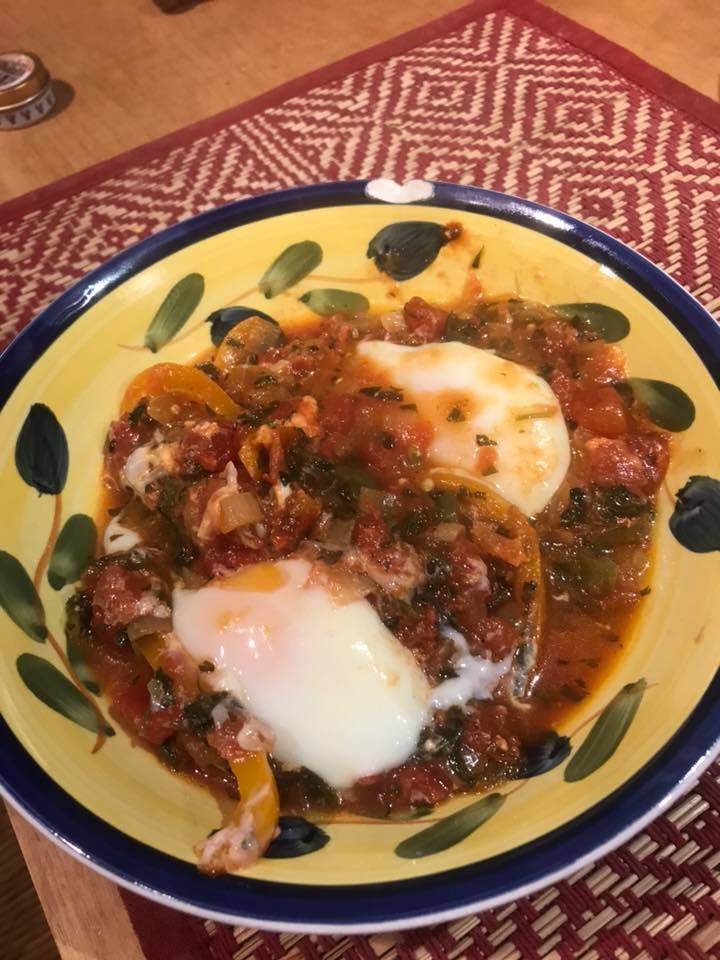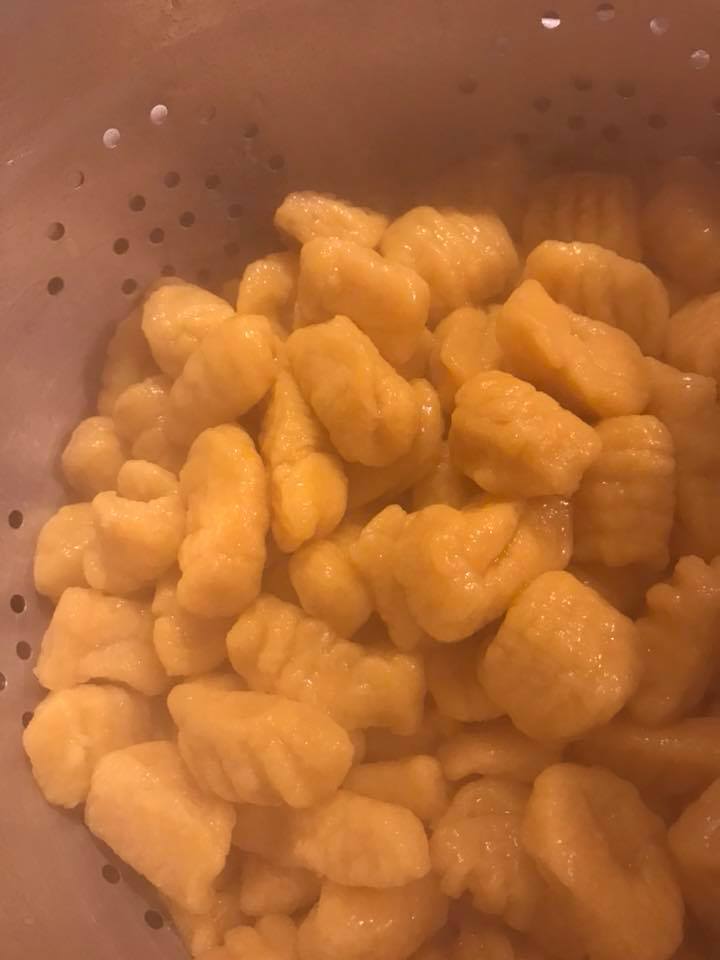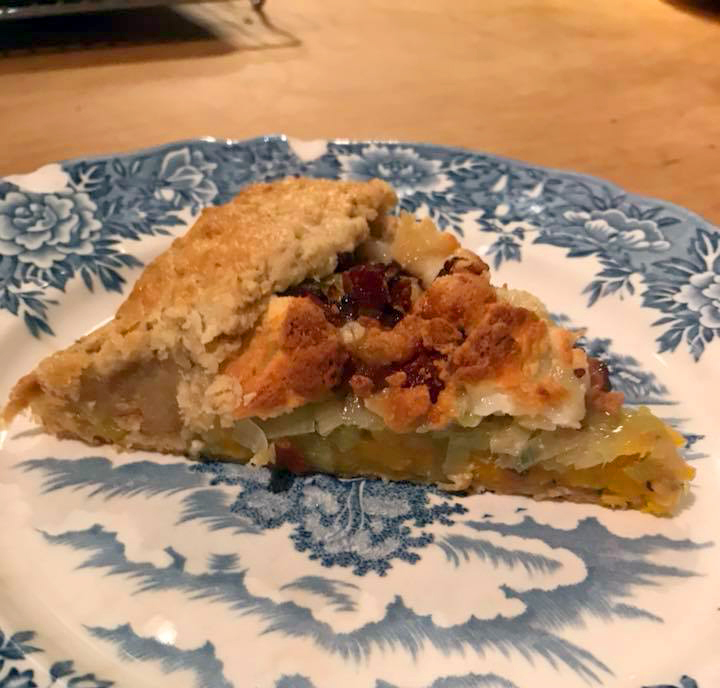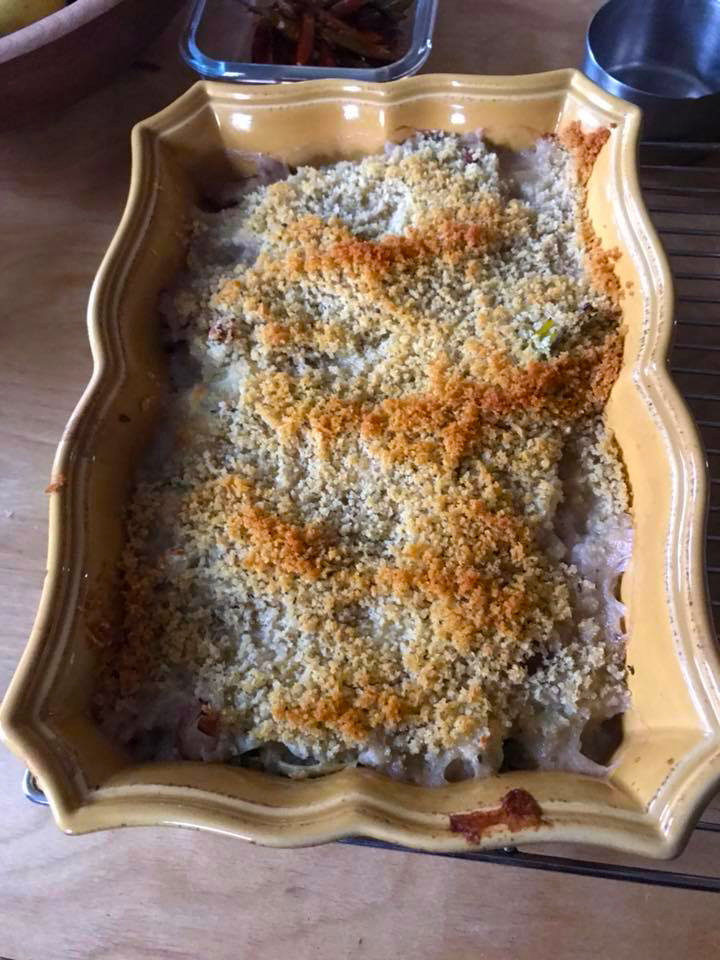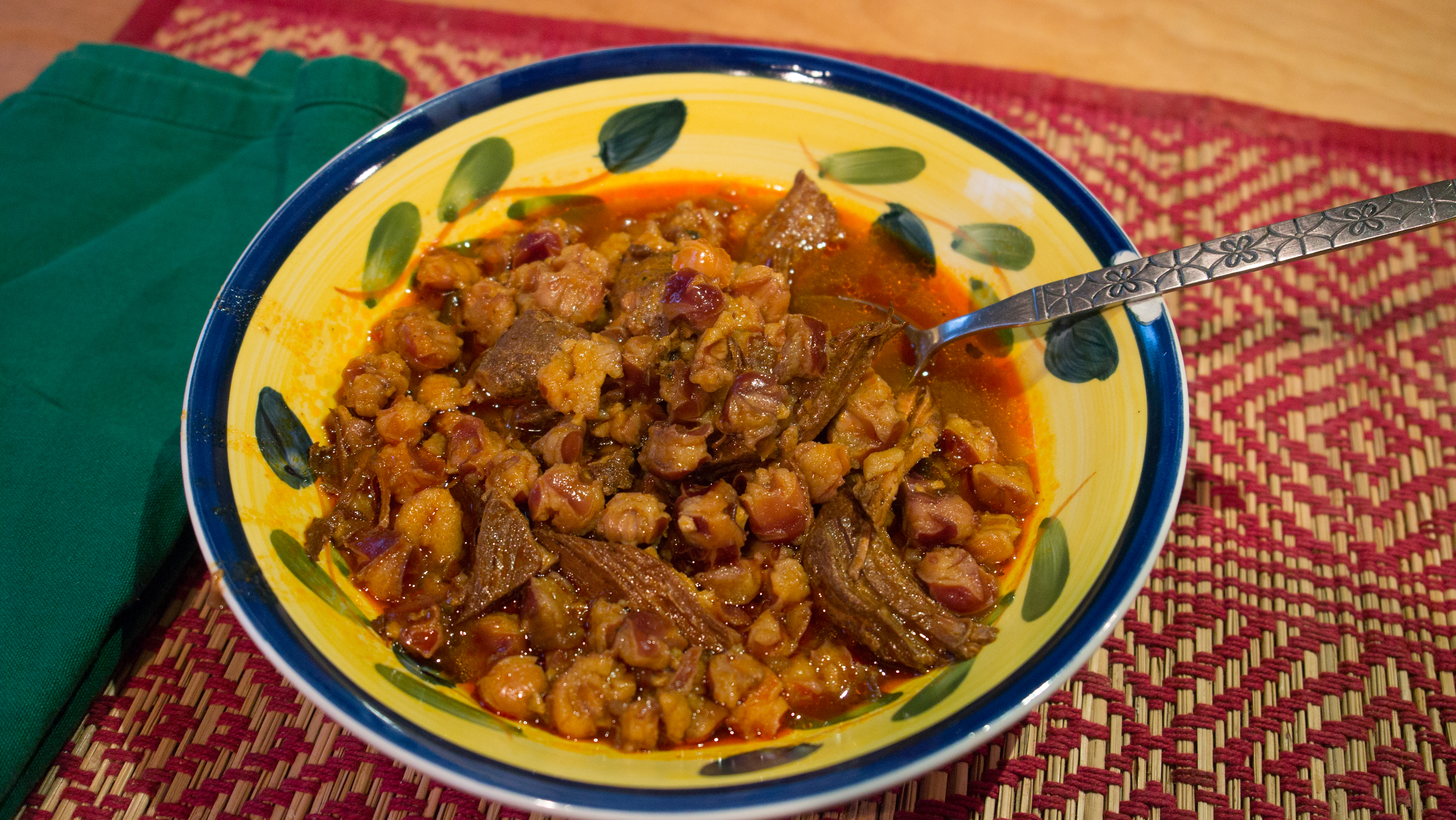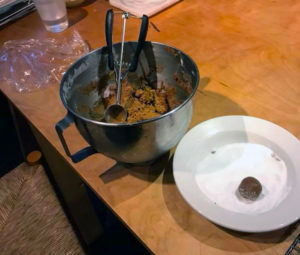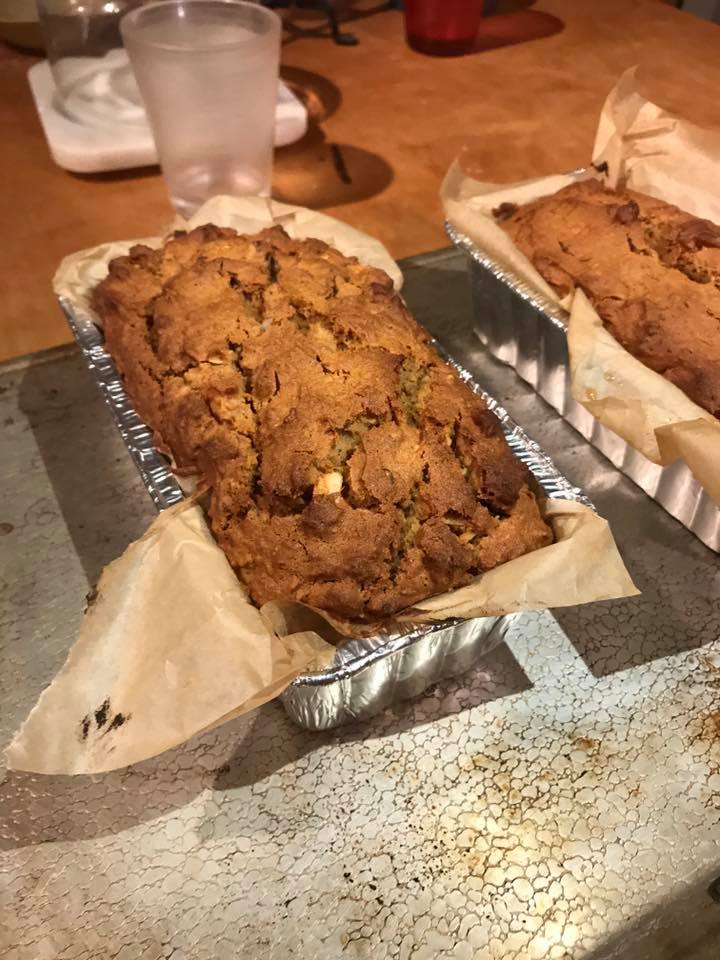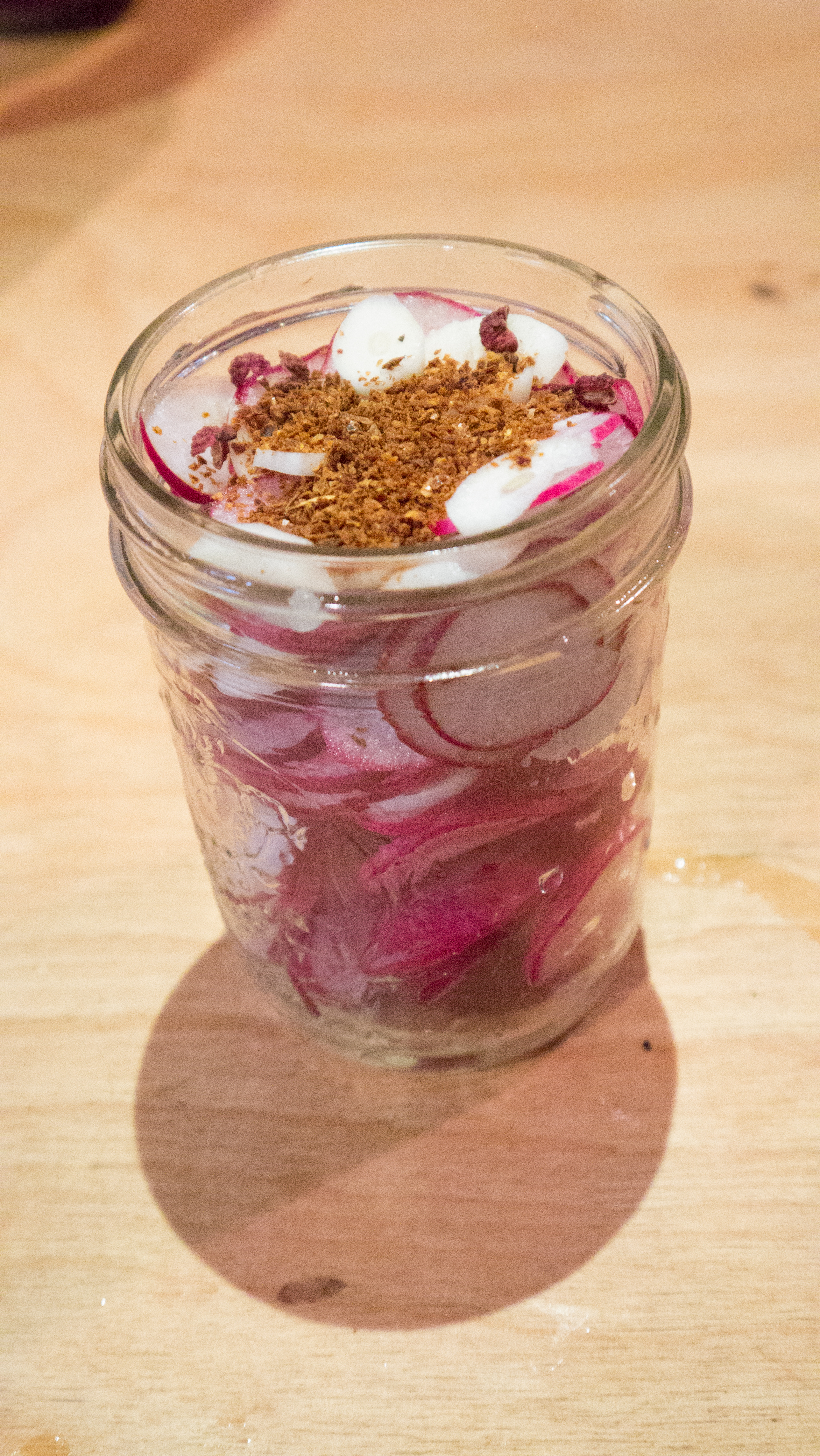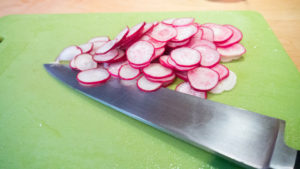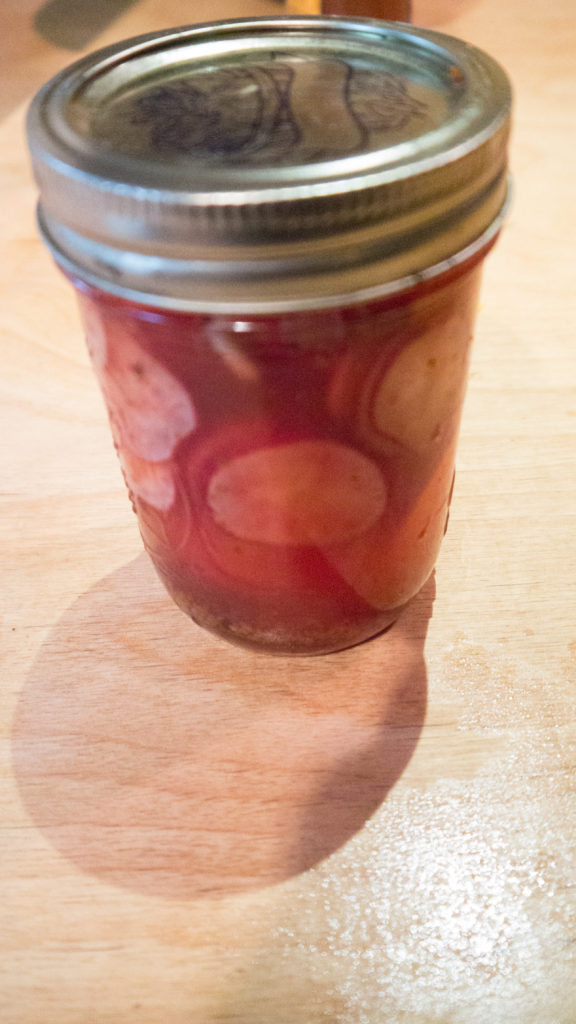This was a bit of improvisation, after seeing some good looking sweet potatoes in the local market. It turned out well enough to share:
- 1 duck breast
- 2 large sweet potatoes, peeled and cubed
- 2 small turnips, peeled and cubed
- 1 large red onion, diced
- 2 cloves of garlic, minced
- 1 tsp sumac
- 2 tsp Za’atar
- 2 tsp Aleppo pepper
- 1 tsp cumin
- 12 oz fresh spinach, roughly chopped
- juice of 1 lime
- 2 tbsp fresh mint, minced
- 2 tbsp fresh parsley, minced
- additional Aleppo pepper
- Greek-style yogurt
Score the duck breast skin and salt the breast on both sides. Place the duck n a deep-sided pan large enough to hold the potato and turnip, skin side down. Turn the heat on to low and render the fat from the breast. As the fat renders, gradually increase the heat to medium to crisp the skin and cook the duck. Keep it skin-side down for 15 minutes or so, then flip and cook the other side for another 7 minutes, which should bring the duck to medium-rare. Remove to a plate.
While the duck is cooking, bring a large pot of water to a boil and add the sweet potato and turnip. Cook until slightly softened, 5-7 minutes, then drain.
Add the onion to the duck dripping and cook until caramelized, 20-25 minutes. When the onion is dark and fragrant, add the garlic and spices, stir, then add a few tablespoons of water to deglaze any onion. Stir for a moment, then add the potato and turnip. Increase the heat to medium high and stir, making sure to coat all of the potato and turnip with the spices. Continue to cook until the potatoes and turnips are tender 5-10 minutes longer. Taste for seasoning and adjust salt and pepper. Add in the spinach and lime juice, stir and cook until the spinach is just wilted, 1-2 minutes more.
To serve, thinly slice the duck breast. Put the sweet potato in a shallow bowl, place the duck breast on one side, garnish with the yogurt, mint, pepper and parsley. Serve immediately

